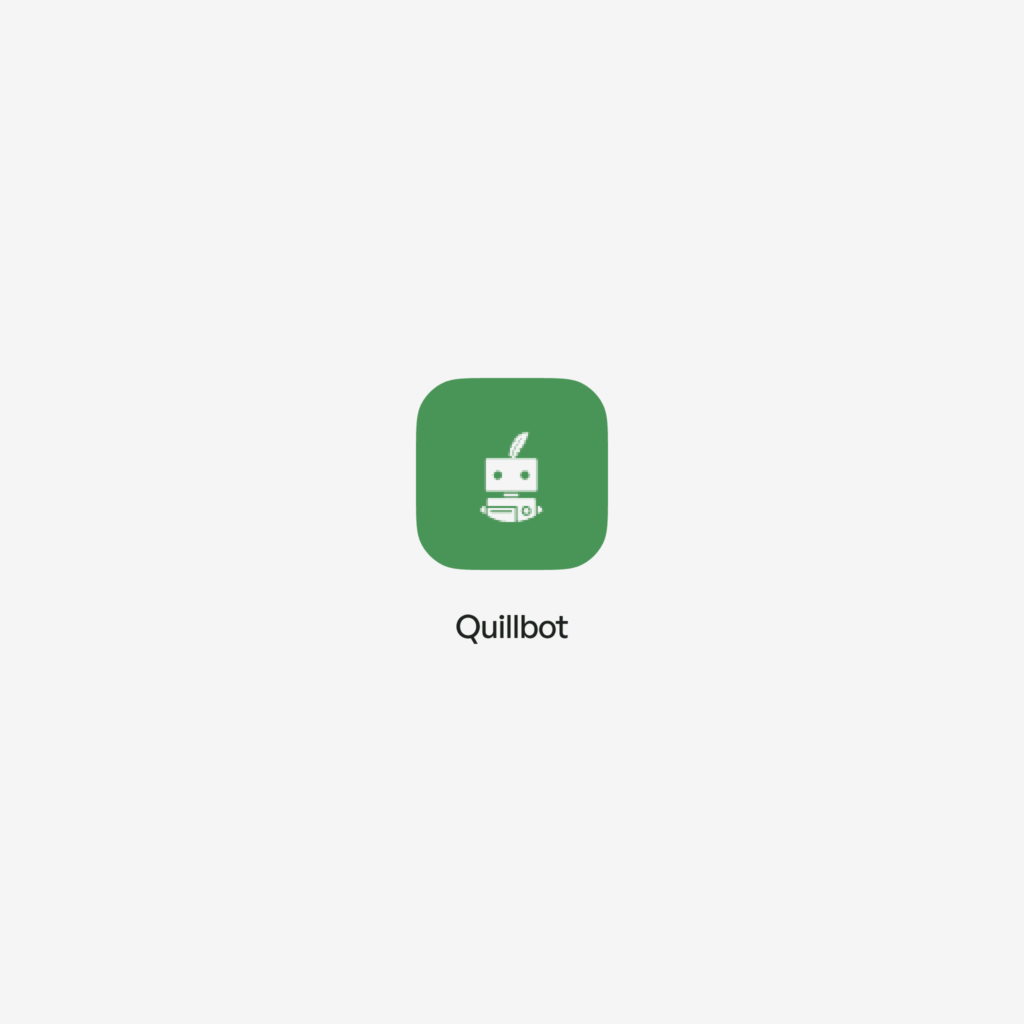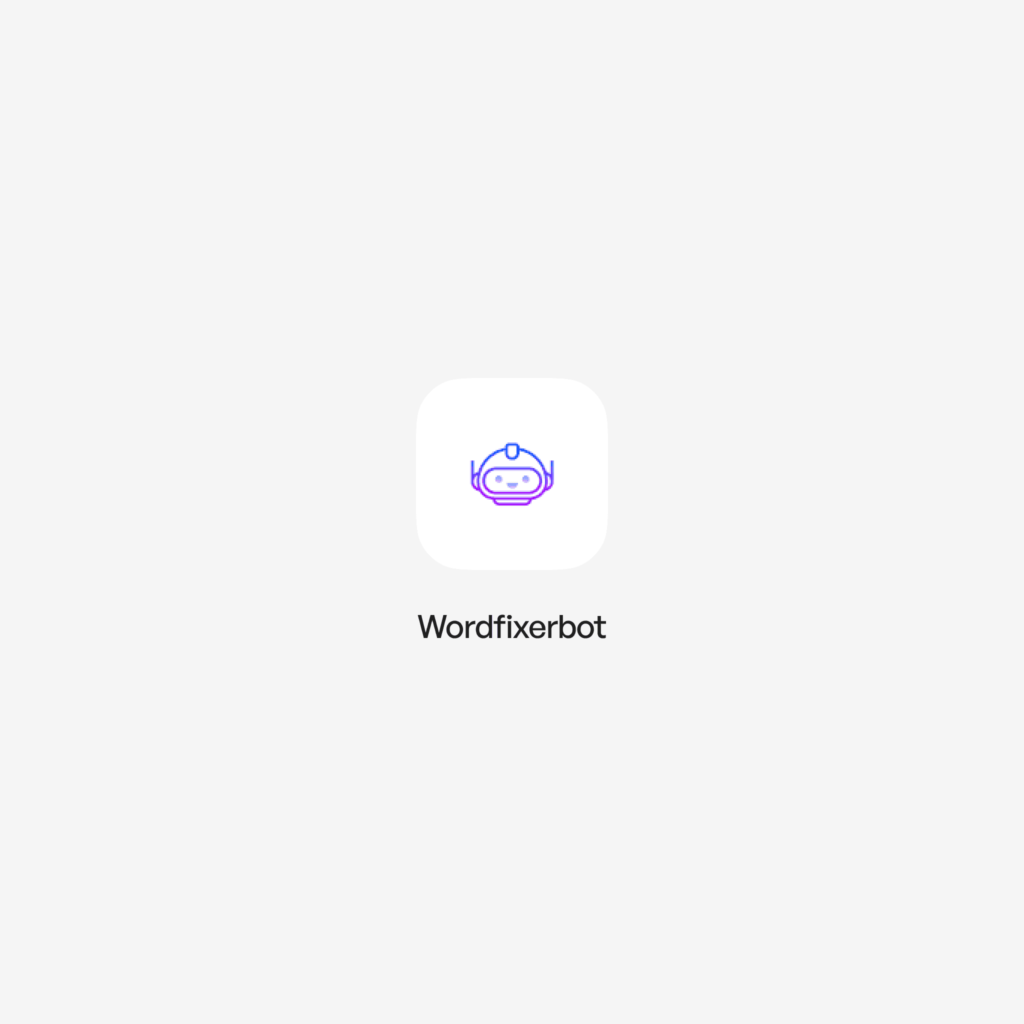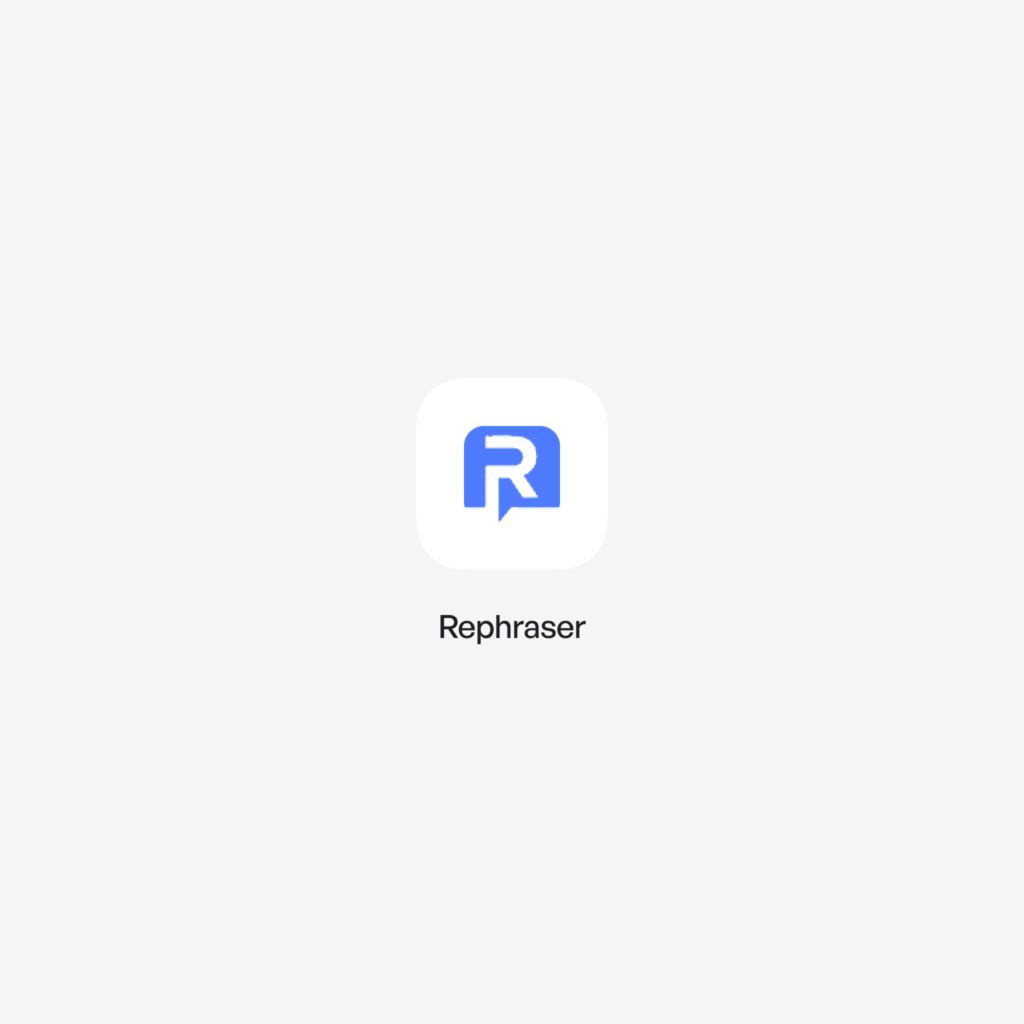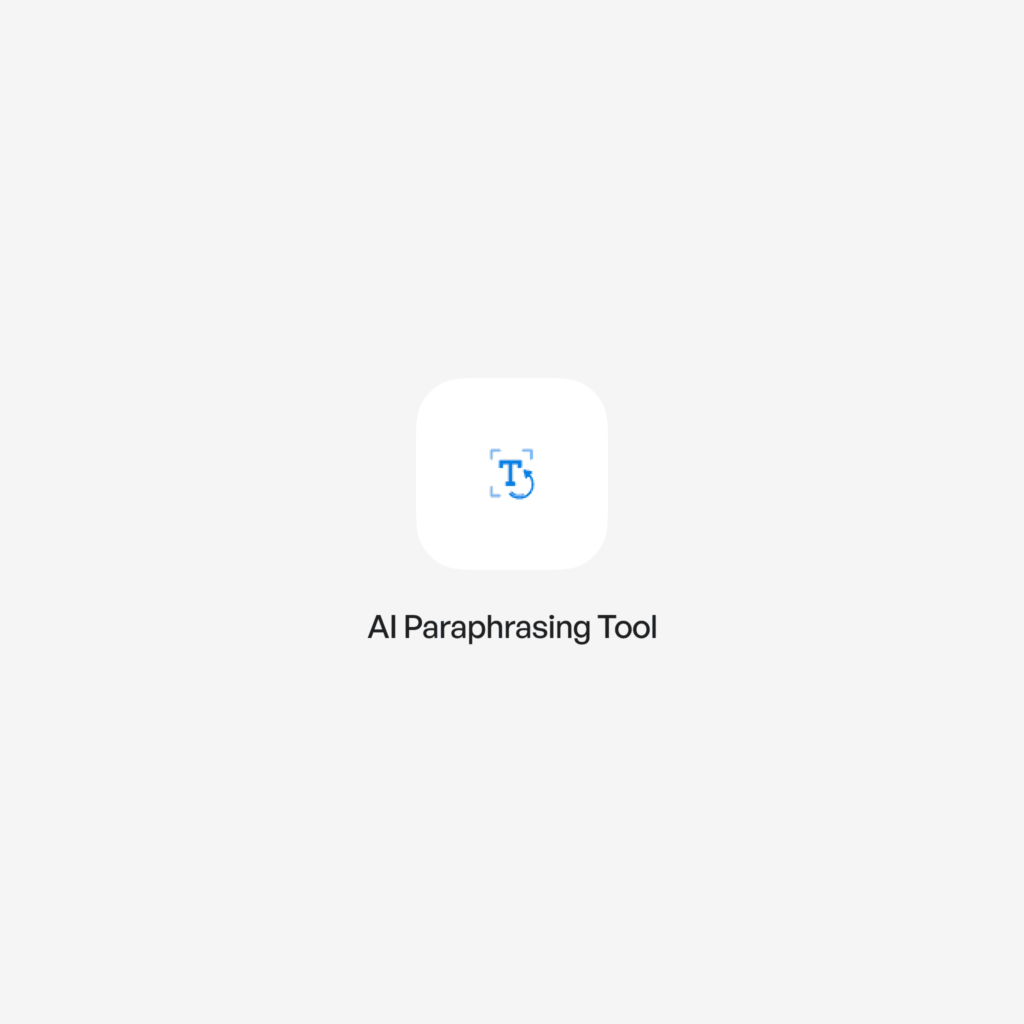Creating unique and engaging content consistently can be challenging. AI paraphrasing tools can be valuable assets in streamlining the content creation process, helping to rephrase and refine existing text efficiently. In this post, we’ll share insights on ten top AI paraphrasing tools available and how they can benefit your content strategy.
What Are AI Paraphrasing Tools?
AI paraphrasing tools utilize advanced algorithms and natural language processing to reword sentences and paragraphs while retaining the original meaning. They assist in avoiding plagiarism, improving readability, and generating fresh content ideas.
Benefits of Using AI Paraphrasing Tools
- Improve Writing Quality: Assist in refining language, correcting grammar, and expanding vocabulary.
- Save Time: Quickly rephrase large amounts of text without manual effort.
- Avoid Plagiarism: Create unique content by rewording existing text.
- Generate Ideas: Provide new ways to express thoughts, sparking creativity.
Top 10 AI Paraphrasing Tools We Recommend
1. Aithor

Aithor streamlines essay writing with AI, personalized style, and precise referencing.
- Features:
- AI Essay Generation: Quickly generate content and ideas.
- Text Personalization: Blend AI text with your unique style.
- Accurate Referencing: Ensures reliable MLA/APA formatting.
2. Writesonic

Writesonic enhances content creation with AI-driven tools, personalization, and SEO optimization.
- Features:
- AI Article & Blog Writer: Generates SEO-optimized content.
- Chatsonic: AI chatbot with real-time search and voice.
- Custom chatbots trained on your unique data.
3. Paraphrasingtool

Paraphrasingtool enhances writing with AI, tone options, and multimedia.
- Features:
- AI-Powered Paraphrasing: Eight modes for diverse content needs.
- Tone Customization: Choose formal, casual, or professional tone.
- Multimedia Input: Paraphrase from text, audio, or images.
4. QuillBot

QuillBot enhances writing with AI-driven tools for clarity and efficiency.
- Features:
- Paraphrasing Tool: Rewrites text to improve clarity and comprehension.
- Grammar Checker: Identifies and corrects grammatical errors
- Summarizer: Condenses lengthy documents into concise summaries.
5. Flot

Flot enhances productivity with AI writing, memory, and languages.
- Features:
- AI Copilot: Assists with writing, summarizing, and more.
- AI Memory: Save and recall info for a knowledge hub.
- Multilingual Support: Communicate in over 200 languages.
6. WordfixerBot

WordfixerBot enhances writing with AI for clarity and precision.
- Features:
- Paraphrasing Tool: Rewrite in casual, formal, or creative tones.
- Grammar Checker: Corrects grammar to improve accuracy.
- Text Summarizer: Condenses text to key points quickly.
7. Cohesive

Cohesive enhances content creation with AI-driven tools and collaboration.
- Features:
- AI Editor: Effortlessly edit text, images, and translations for precision.
- 200+ Templates: Access curated templates for various content needs.
- Real-Time Collaboration: Work with your team seamlessly to meet deadlines.
8. Rephraser

Rephraser enhances writing with AI-driven paraphrasing tools.
- Features:
- Multiple Modes: Offers modes like Academic, Blog, and Formal to suit various writing styles.
- Multilingual Support: Supports paraphrasing in multiple languages, catering to a global audience.
- Plagiarism Prevention: Rewrites text to help avoid duplication and maintain originality.
9. StudyCrumb

StudyCrumb‘s Paraphrasing Tool enhances writing with AI-driven features.
- Features:
- Free Access: Utilize the paraphrasing tool without any cost or usage limits.
- Plagiarism-Free Content: Generates unique text to ensure originality in your work.
- Versatile Rephrasing: Effectively rewords sentences, paragraphs, and entire articles.
10. Paraphrasing

Paraphrasing enhances writing with clarity and originality.
- Features:
- Multiple Paraphrasing Modes: Choose from Simple to Academic styles.
- Multilingual Support: Rephrase text in over 15 languages.
- Plagiarism Prevention: Ensures content remains original.
How to Choose the Right AI Paraphrasing Tool
Consider the following factors when selecting a paraphrasing tool:
- Accuracy: The tool should produce coherent and contextually appropriate content.
- Ease of Use: A user-friendly interface boosts productivity.
- Features: Look for functionalities like grammar checking or SEO assistance.
- Pricing: Ensure the cost aligns with your budget.
- Language Support: Necessary if working with multiple languages.
Best Practices for Using AI Paraphrasing Tools
- Review and Edit: Always proofread the output to meet quality standards.
- Use as a Support Tool: Assist with writing but do not replace original content creation.
- Maintain Originality: Ensure the content adds value and is not just a reworded duplicate.
- Ethical Use: Respect copyright laws and avoid plagiarism.
Conclusion
AI paraphrasing tools can be helpful in your content creation process, aiding in generating unique and high-quality material efficiently. By selecting the appropriate tool and following best practices, you can streamline your writing workflow and produce content that resonates with your audience.













































